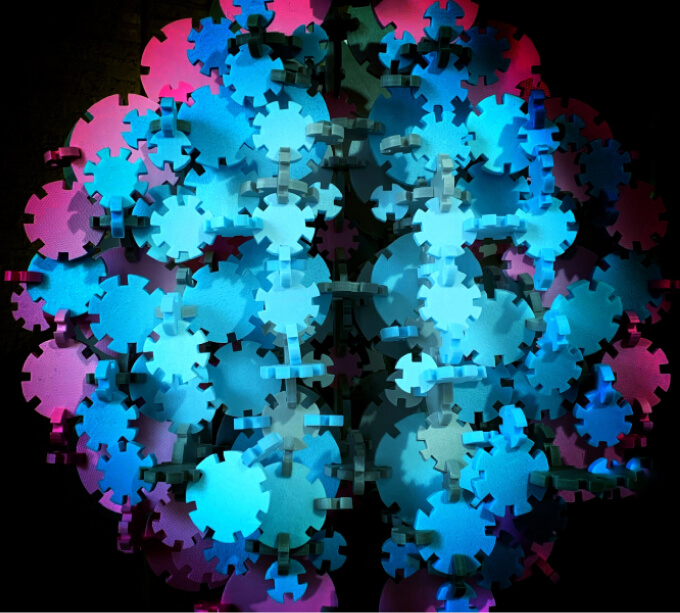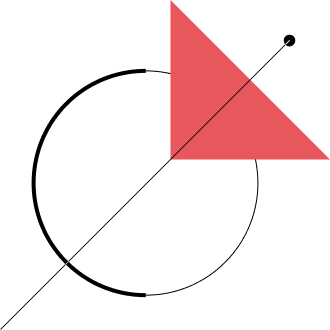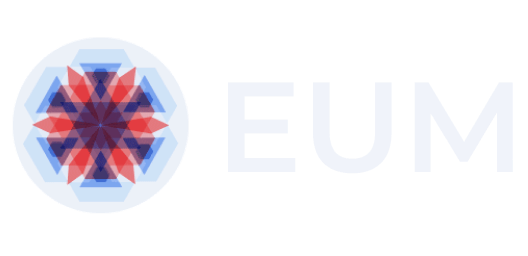An Evolutionary Framework
The Existential Universe Mapper, or EUM represents an evolutionary framework, and a set of associated tools that serve varied diagnostic and developmental needs of individuals and organizations.
The EUM framework has been created by Ashok Malhotra. Major contributing influences have been the work of Prof. Clare Graves, and various strands of Indian philosophical thought such as pluralism and context-sensitivity.

All frameworks are lenses through which we try and understand ourselves, others and collectives we are a part of. Inevitably they are based on some beliefs and assumptions which are rarely articulated.
EUM is different.
EUM has a clear philosophical base and a well-articulated set of axioms.
- We are whole in ourselves and also a part of a larger whole
- We and our context are intertwined; each shapes the other
- We are all similar but also unique
- We evolve; nothing good or bad about it
- We are this, that, and more
- We respond to an inner call and to outside forces
(‘We’ refers to individuals and collectives)

The EUM framework is deployed through three key instruments/applications
EUM-I
EUM-O
EmPACT
What makes working with the EUM a distinctive and meaningful experience…
Notions of Universes and Identity
In EUM, a Universe is a composite and coherent set of needs, values, wants, proclivities, worldview and role-taking. Every Universe in us addresses specific human imperatives and offers unique learning essential to our development.
- All Universes reside in each individual/system.
- Some express themselves more prominently than others at a point in time.
- No Universe is more or less desirable than another.
- Each Universe offers unique learning essential to our development.
While all the Universes are present in all of us, the unique configuration of the Universes within each one of us gives us our distinct identity.

EUM-I and EUM-O
The EUM – I and EUM-O map the individual and the organization respectively. These tools are the principal vehicles for application of the framework.
The tools are deceptively simple: they are easy and quick to use, but open doors to the vast and layered inner world of the respondent and their view of their systems.
EmPACT
EmPACT studies the relationship between the organization and its stakeholders. This relationship is a combination of 6 pacts, in line with EUM Universes. Each pact signifies what is offered and received on all sides.
The process entails in-depth interviews, a rigorous ‘listening exercise’ using classical survey and statistical tools, and the use of the EUM-I and the EUM-O. The vast array of data is processed to separate noise from the collective’s wisdom and to decode the various pacts that inform the employee – organisation interface. It helps identify potent restlessness in the system i.e. issues which are likely to inspire and evoke energy among members. The leadership dialogue structured around the various analytical outputs ensures that the implications and learning are translated into strategic direction and action.
EmPact maps the six ‘pacts’ and facilitates a dialogue amongst key organization leaders on the implications of the operative ‘pacts’ and their relative strengths. The ‘pacts’ are:
- The Tribal pact
- The Nomadic pact
- The Agrarian pact
- The Marketplace pact
- The Ecological pact
- The Holistic pact
To explore an EmPACT study for your organization, contact us

Be part of the growing community of certified EUM practitioners
Presently we are a community of 100 certified EUM practitioners, and growing. EUM practitioners train to co-hold multiple perspectives pertaining to the client and the context, facilitate reflection and co-create a development agenda. The learning process to be a EUM practitioner is itself enriching and often insightful.





